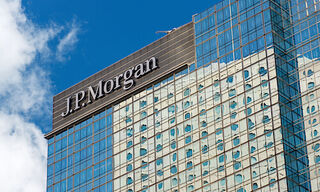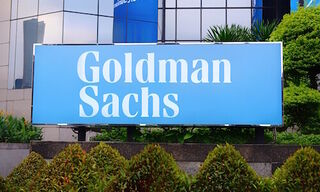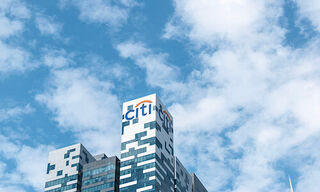Credit Suisse – A Coup, Some Questions
Credit Suisse landed a coup in doubling its net profit, following a three-year overhaul. The Swiss bank left some questions unanswered – finews.asia highlights the nine most important.
The Zurich-based lender's net profit bulged to 881 million Swiss francs ($885 million), more than double last year's results. Investors aren't letting CEO Tidjane Thiam and his colleagues rest on the laurels of fat wealth margins and a debt trading boom – the shares slid 2.5 percent in early trading.
Credit Suisse's returns lag what the bank promised, and its hopes for Asia were dashed this quarter. finews.com parses the nine most important aspects of the third-quarter results.
1. Welcome One-Offs
«During the third quarter of 2019, we continued to implement our strategy of being a leading wealth manager with strong investment banking capabilities,» Thiam was quoted as saying in the statement released by Credit Suisse on Wednesday.
In reality, had it not been for the sale of Investlab that generated extra income, revenues in the key divisions Asia Pacific and its Swiss universal bank would have fallen. All the while, the outlook is predominantly bleak, rates remain low to negative, and clients are cautious in view of issues such as Brexit and a trade dispute between China and the U.S.
2. Jobs – a Notable Reversal
Thiam has repeatedly said that he aimed to get Credit Suisse back on a growth path after the restructuring process has been completed. As a matter of fact, the number of staff at the bank has increased quite substantially over the past three quarters after having reached a low of about 45,000 at the end of 2018. Credit Suisse had 47,440 employees at the end of the third quarter – with staff outsourced, contractors and advisers included, the total reaches almost 61,000.
The increase occurred across the entire company – with the investment banking and capital markets business the one notable exception with a lower number of staff than last year. The fastest rate of growth occurred in the global markets unit, the business where the restructuring had yielded the most cuts.
3. Aimed Too High
A year ago, Thiam said that he expected return on equity of 10 to 11 percent for 2019 based on constant revenue. While the bank managed to slightly increase its revenues in the first nine months of the year – thanks to the divestment of Investlab – its profitability was at 8.8 percent over the same period. Rival UBS generated a rate of 10.1 percent.
It is unlikely that Credit Suisse will manage to draw level in the traditionally weaker fourth quarter. Therefore, it is up to Thiam and his team to explain what magic they will apply to boost return on equity next year.
4. Risky Business
Under the guidance of Thiam, Credit Suisse has become a wealth manager with an investment bank attached, much as UBS. But the smaller of the two big Swiss banks retained a stronger risk appetite. The capital ratios of the two big banks shows that while UBS is stronger in the risk-weighted version, Credit Suisse has more shareholder equity measured by the consolidated balance sheet – so the concentration of risk at the smaller of the two banks is higher.
The already higher risk appetite increased even further over the past twelve months. Risk-weighted assets increased by 9 percent at Credit Suisse, while UBS had an increase of only 3 percent over the same period.
5. ITS: CEO's Pet Project
The two-year-old international trading and sales unit enjoys a special status within the bank: the unit has broad authority to work across divisional lines and tap wealth management, Switzerland, or markets. CEO Thiam has repeatedly held up the unit as a beacon for how he envisages Credit Suisse’s disparate units should work together. This quarter, ITS boosted the Swiss institutional business and contributed momentum to trading. The wealth arm was less fortunate, with its share falling sequentially. All told, ITS hiked net revenue by 40 percent on the year – on track to hit next year’s targets.
6.Polishing the Wealth Jewel
- Page 1 of 2
- Next >>




























